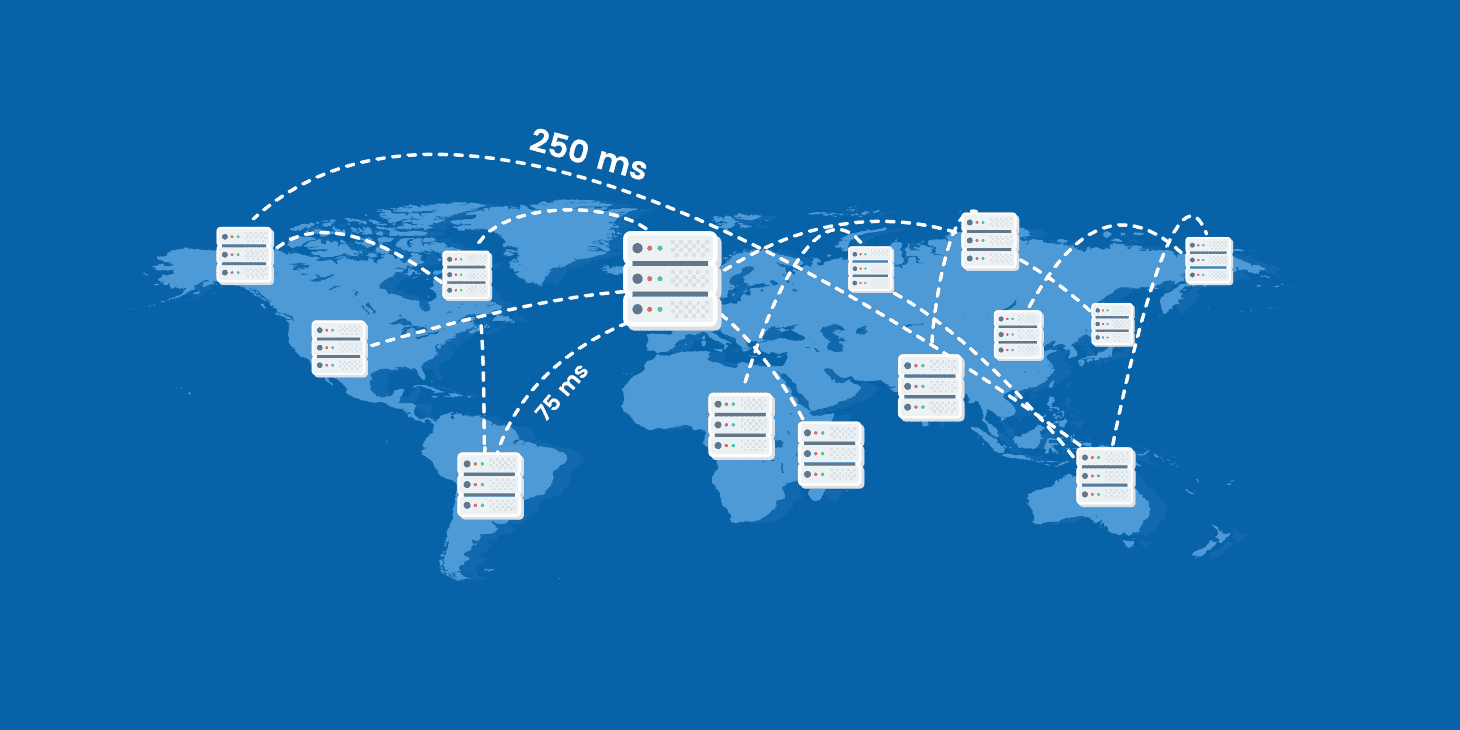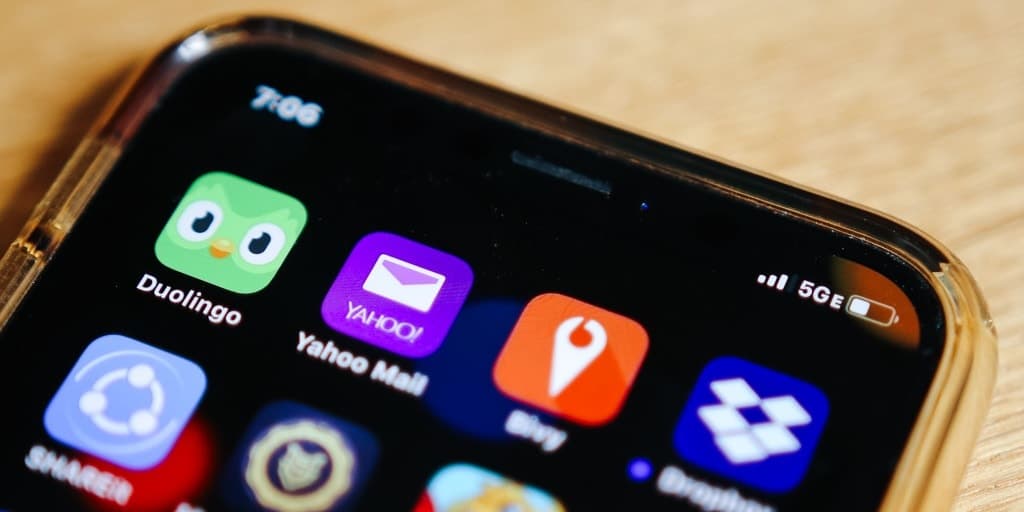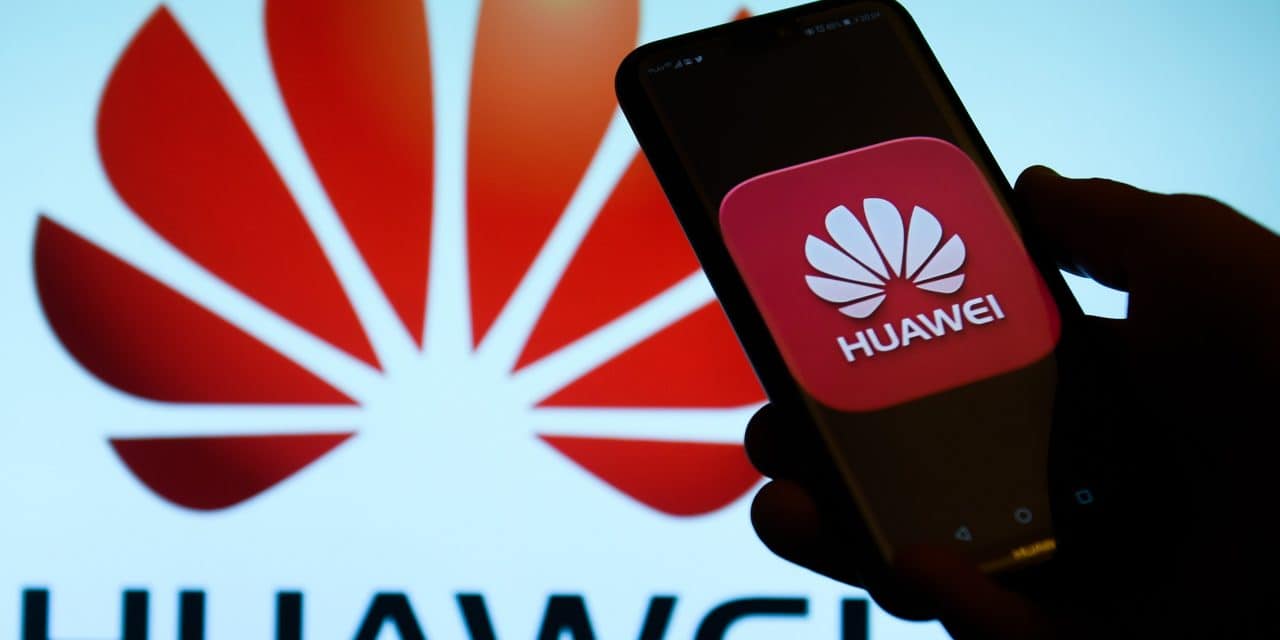Privacy Canada is community-supported. We may earn a commission when make a purchase through one of our links. Learn more.
5G in Canada (Everything We Know So Far)
5G technology is the latest in a long line of wireless telecommunications developments to astound us with its power and reach. 5G wireless devices have much more potential than their 4G counterparts, and it’s only a matter of time until both Canada and the rest of the world are united beneath a 5G digital umbrella.

But the development and integration of a 5G network in Canada is a much broader issue than just faster download times. There are both political and economic considerations that the federal government and wireless service providers must consider before moving forward with any plan. In addition, the question of who will provide the equipment necessary for a Canadian 5G network has proven to be a more difficult question by itself.
Below, you’ll find a record of 5G development in Canada, as well as an explanation for what 5G networks are and what they can bring to the average consumer. Further media resources, including major news stories, will be updated accordingly. A collection of relevant information about 5G networks will be included, as well.
What is 5G?
To understand why 5G coming to Canada is so important, first you have to understand what 5G is and means.
5G stands for “fifth generation”. In fact, every version of the previous acronym stands for a similar term – 1G means, “first generation”, and so on and so forth. 1G wireless technology was first introduced in the 1980s and comprise the first wireless telephones: the big, blocky ones you saw on TV or that actors had in their cars.

2G tech is where things really started to pick up. These wireless devices dominated the early 1990s and saw the first cellular phones begin to proliferate through modern society. Email and text messaging were both created and imported to mobile phones, which also caused pagers to suddenly become much less valuable to most peoples.
3G wireless technology started in the late 1990s into the 2000s, providing multimedia access, high-speed transmissions of both voice calls and other kinds of data, and global roaming capabilities. This meant that you can now use your wireless cell phone or other devices in areas outside of metropolitan centers. You can also make longer calls and get information in more remote areas.
4G accompanied the Internet’s transition to a faster and cheaper service that quickly spread around the globe, even to places that had previously not had much Internet access at all. 4G tech’s enhanced capabilities are responsible for the proliferation of video streaming, music streaming, constant social media access, and the spread of many popular applications that smartphone users can’t get enough of.
4G has become so ubiquitous across modern society that many people can no longer imagine getting by without the enhanced speed and reliability that comes with it. Thus, many modern smartphones come with 4G capabilities built into their hardware and most telecommunications providers also offer 4G speeds as a standard.
5G, as you might guess, is an even faster generation of wireless telecommunication devices and hardware. It allows for much faster communication and streaming capabilities and at higher speeds than any other generation by leaps and bounds.
How Does 5G Improve Things?
5G can improve the user experience of their mobile device through three major areas: Latency, Connectivity, and Bandwidth.
Latency
This is also known at the time it takes for one device to send information to another device across a shared network. In a nutshell, latency is the time it takes between sending and receiving a package of data. For reference, 4G devices have latency around 50 milliseconds. To put this in perspective, every eyeblink you make while reading this guide takes between 100 or 400 ms.

5G tech, on the other hand, will reduce latency to about 1 ms. That’s at least 100 times faster than you can blink. It literally allows the transmission of data within the blink of an eye!
This is important because wireless technology is becoming more complicated and will require faster reaction times, especially on the part of automated systems. Automated cars, as an example, will require 5G technology at a bare minimum because they’ll need to react much more quickly than a human could.
Connectivity
In wireless tech parlance, connectivity is best understood as the number of devices that can communicate with each other. At the moment, there are around 10 billion connected devices worldwide, with many experts thinking there are even more. By 2021, there will be 50 billion devices or more across the world.
This isn’t just referring to smartphones. Wireless technology now extends to traditionally manual tools like a thermostat; many modern thermostats are connected to a home’s Wi-Fi network to allow for wireless control. All wireless devices connected together are collectively known as the Internet of Things.
This increased connectivity is an inevitability that 5G enhancements will make smoother and more efficient. It will more devices to connect with more counterpart devices, enhancing the richness and complexity of the network without necessarily breaking down under the stress.
Bandwidth

Finally, bandwidth is best understood as the maximum download speed that a device can offer. More bandwidth offered by a wireless device will result in faster downloads and better resolution videos and pictures, along with better streaming experiences (though this is also connected to latency).
As an example, 3-D and 360° video streaming are usually only available for 5G devices.
5G connectivity has applications beyond enhanced social media experiences, however. It will allow for advancements in education, communication, representation, and emergency response time. Think of bandwidth as the maximum size of a water hose, with the water’s speed being throttled by the diameter of that hose. 5G devices have much wider hoses as a default.
5G and Canada?
So where does Canada stand in the race for 5G connectivity? Currently, Canada is attempting to release a comprehensive 5G network within the next year, with more conservative estimates assuming that the 5G network will be online within the next several years. This is because rolling out 5G connectivity across the entire country depends on several factors – namely the companies that can provide the service.
Telus Mobility is a company attempting to bring 5G to Canada in 2021, although they’re initially starting with consumers who live in the Vancouver area. Telus Mobility is relying on the “Living Lab”, which is a sustainable telecommunications provider that reached speeds of 30 GB per second in 2016. It will also aim to provide sustainable 5G connectivity using sustainably focused tech and other initiatives.

Rogers Communications is another company attempting to release 5G in Canada. They’re centered in the University of British Columbia in Vancouver and are also targeting 20/20 release. TeraGo is running fixed trials for wireless 5G access with Nokia in 2021.
Most infamously, Huawei Technologies – a Chines telecommunications company and the largest in the world – has been a major player in the development of Canadian 5G infrastructure. However, international politics has stopped this from happening as smoothly as many may wish.
Many other carriers are making their own 5G predictions so their customers can know when they can expect 5G connectivity:
- Bell Mobility- 2020
- Fido- Late 2020
- Koodoo Mobile- Late 2020
- Virgin Mobile- Late 2020
- Freedom Mobile- 2021
- SaskTel- 2021+
- Videotron- 2021+
Ultimately, Canada does not yet have 5G connectivity in major cities and especially not across the entire country. But great strides are being made to providing 5G access at many of the major tech hubs of the nation. Should these initiatives show promise, Canadians all across the territories can expect 5G access and devices to begin rolling out within the coming years.
Recent News about 5G in Canada
Why Canada’s 5G Building Decisions Are Important
5G is going to be important for everyone, regardless of whether or not you’ll use of 5G capable device as soon as it is available. But while 5G connectivity will be integral for the future digital landscape and for many improvements in economics and business arenas, it’s also going to be a very expensive transition. Many Canadian wireless operators will invest 26 billion deploying 5G infrastructure over the next six years.

Thus, Canada’s 5G network (which is currently a future dream than a reality) will likely have infrastructure built by a small number of global companies rather than Canadian specific providers or wireless carriers. These companies include Nokia, Ericcson, and Huawei.
Some concerns have been raised, however, about the intelligence of allowing a Chinese company access into Western telecommunication systems. The potential for problems or surveillance, some think, is high.
Ottawa, Toronto Rogers Centre Will Become Test Site for 5G
Testing for core applications of 5G wireless networks came later in 2018 in Ottawa. The tests were conducted with a longtime network supplier – Ericsson. While the test was not extensive enough to allow 5G deployment in 2019, it did provide chief insight to allow for further testing to occur throughout the next years and enable 5G deployment in limited terms throughout 2019.
Broader 5G deployment is likely to begin happening in 2021, though the details are left up to many of the companies providing the 5G infrastructure required for such a transition.
The Trouble with 5G in Canada
Concerns have been raised that China’s Huawei Technologies, which is the largest telecommunications equipment maker in the entire world and one of the few companies with the infrastructure necessary to develop a 5G network, should not be allowed to supply equipment for Canada’s 5G network.

This is partially because many of Canada’s allies have already banned the company from supplying equipment to their own 5G networks. Fears are typically aroused about the possibility of spying, either when it comes to financial data or for general data about Canadian citizens. In fact, many companies such as the United States, Japan, and Australia have all raised concerns with Huawei and determined that it is a national security risk.
Time will tell whether Huawei’s value, which lies in its extensive infrastructural abilities and resources, are valuable enough to make it a major player in the development of a Canadian 5G network or if a replacement will be sought due to government oversight or citizen outrage.
Canada Using Huawei 5G Could Hamper Access to U.S. Intelligence
The US national security advisor has urged Canada to not use 5G technology derived from Huawei materials. He has said that doing so would jeopardize the intelligence-sharing agreements currently enjoyed by the United States and Canada, as the US is concerned that any infiltration into Canadian networks would necessarily expose their own networks to Chinese surveillance.
Canadian Prime Minister Justin Trudeau postponed a decision on whether to use that network equipment until October 21. This decision had ramifications beyond the development of the network, as it affected politics between the US and Canada on a broader, international level.
Canada’s Defense Minister stated that they would take time to examine all potential threats and be mindful about protecting new 5G technology before making a decision.
Canada Set to Postpone Huawei 5G Decision to After Vote
Canada is reported to postpone its decision about whether China’s Huawei Technologies will supply the network equipment for its 5G network until after the federal election in October. This is due to increasingly strained relations with Beijing.

Concerns were initially raised both by Canadian citizens and the United States, as well as many other Canadian international allies. Many of their international allies have already banned Huawei from their own networks out of fear of Chinese surveillance.
Prime Minister Justin Trudeau said that he was reluctant to move on the decision until the fate of two Canadians currently detained in China became clearer.
This postponement is seen as an issue for large telecommunications companies, as they cannot proceed for their 5G wireless integration plans until the government comes to a decision about development.




